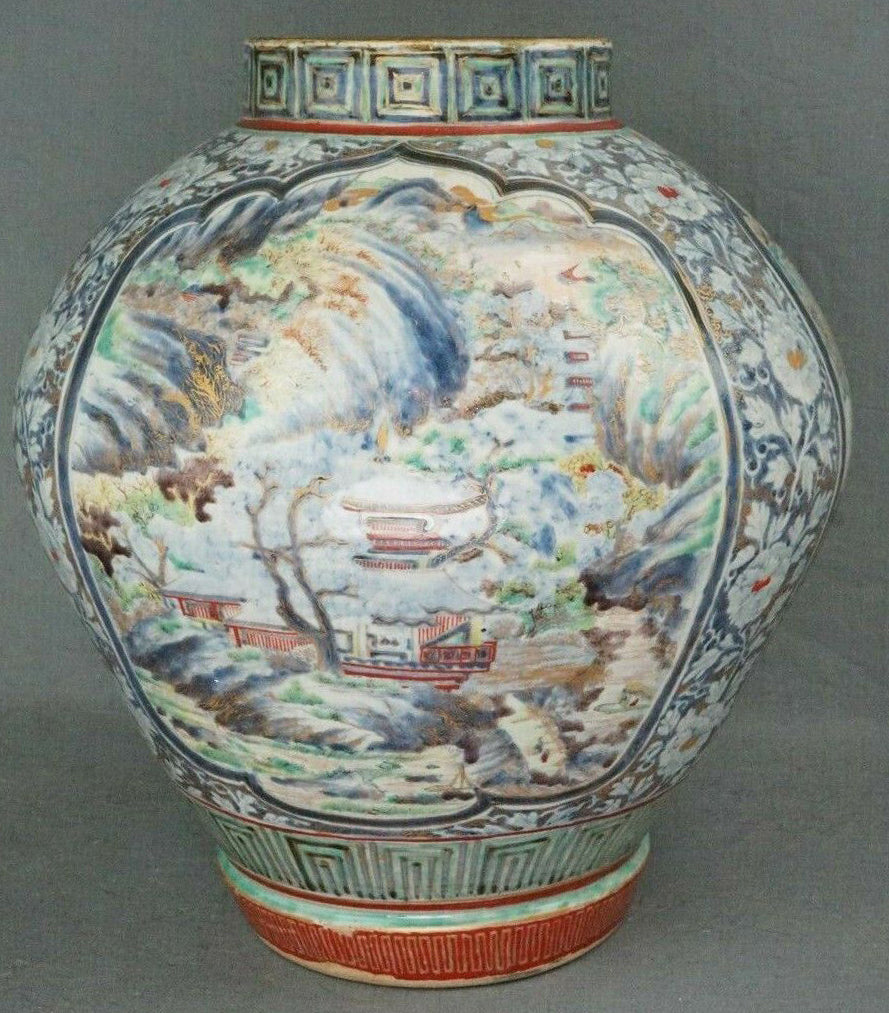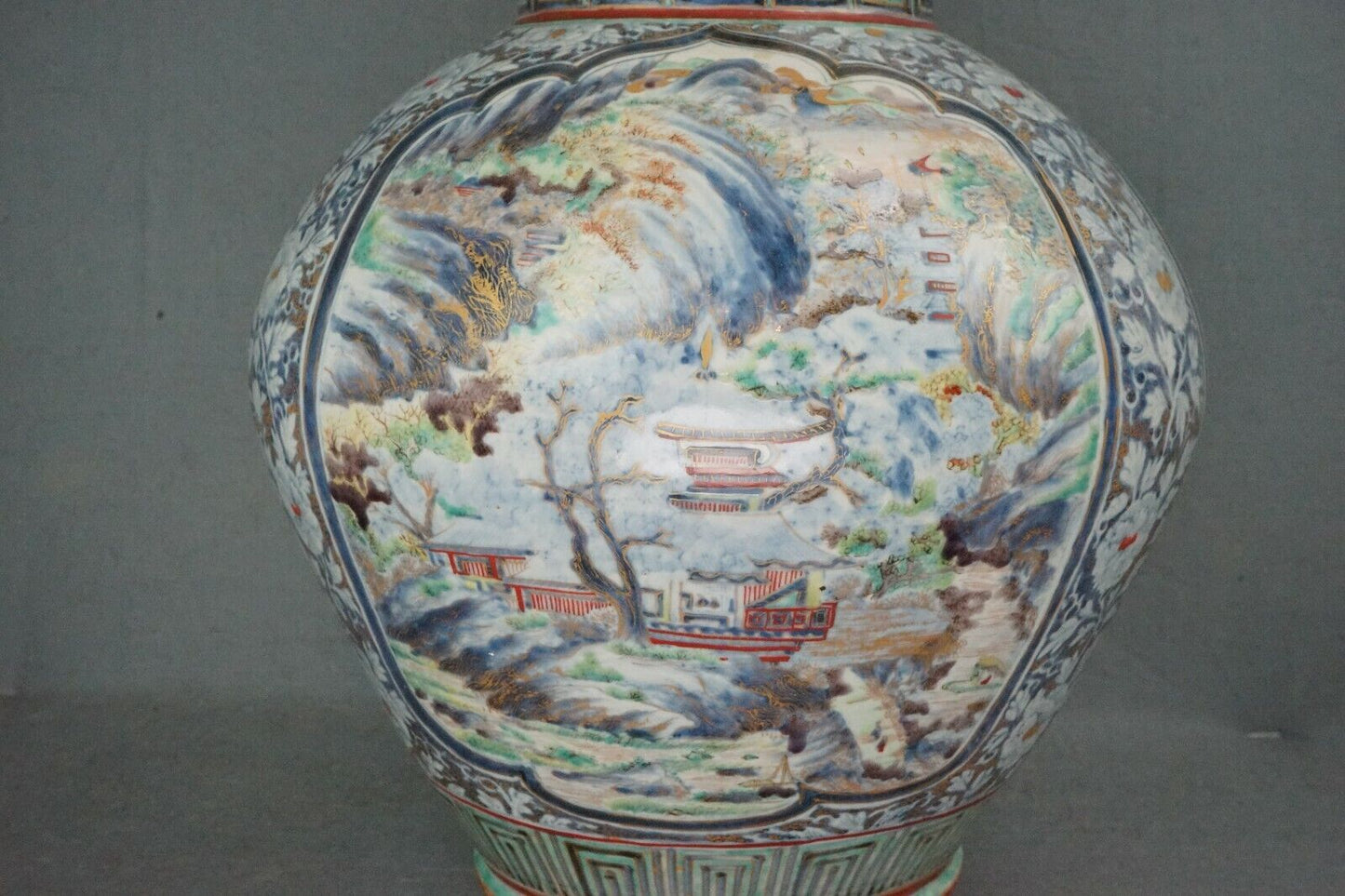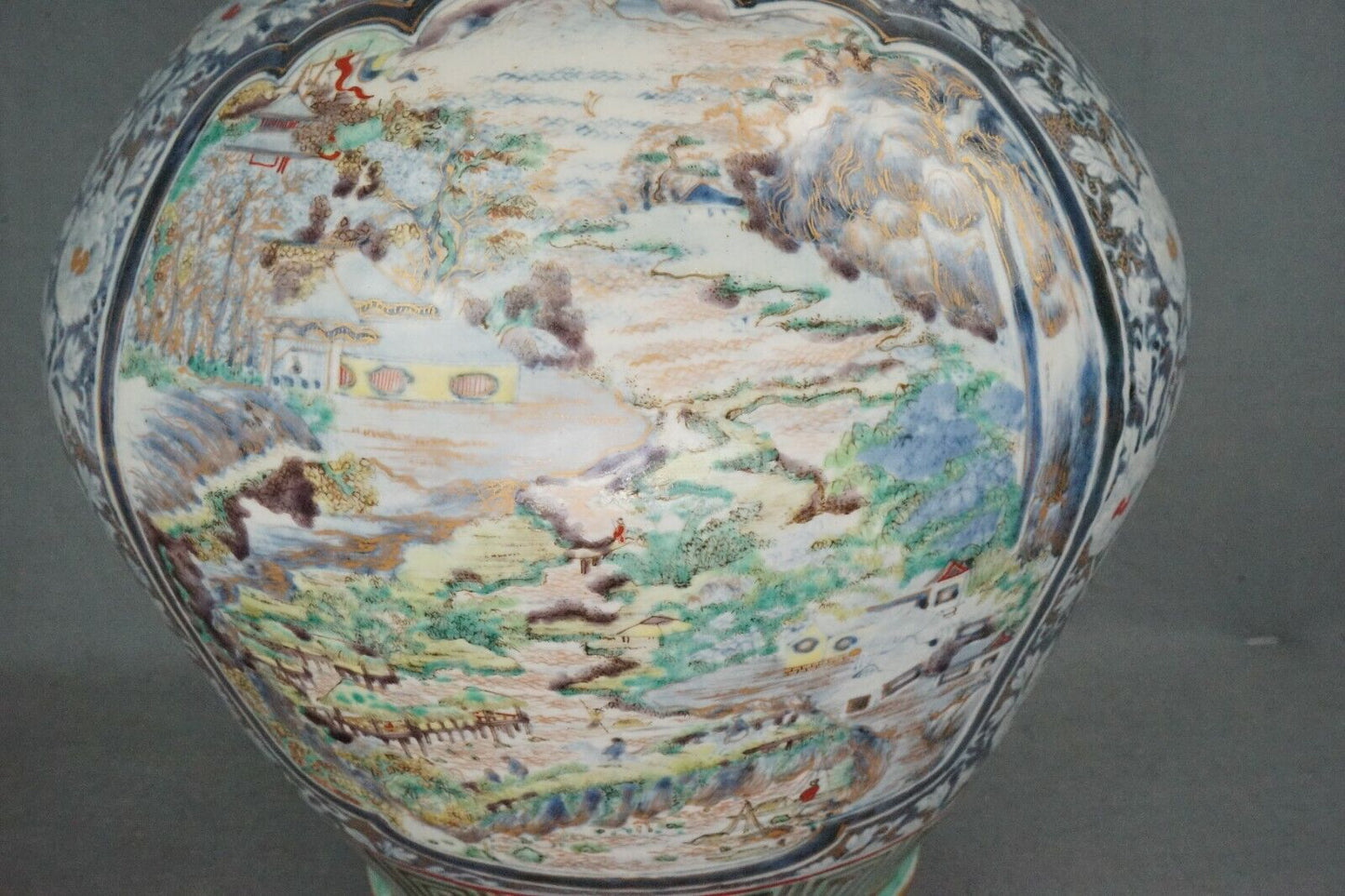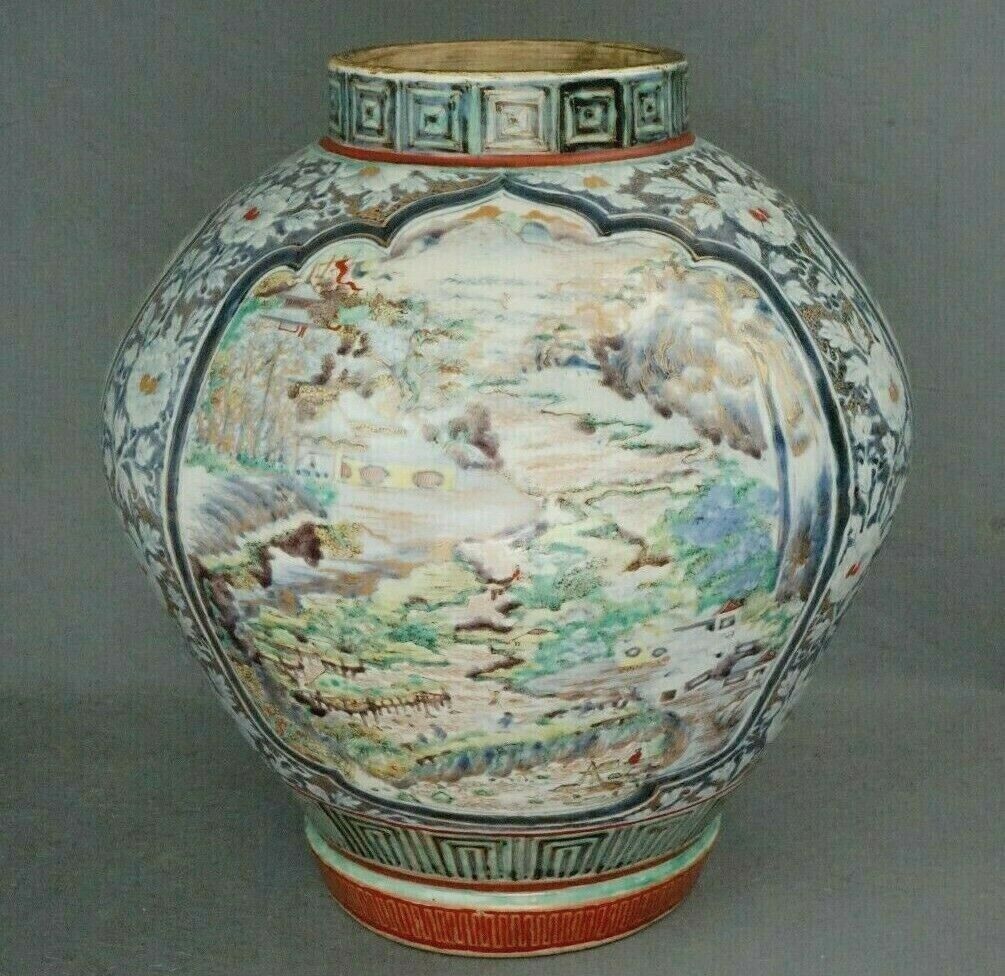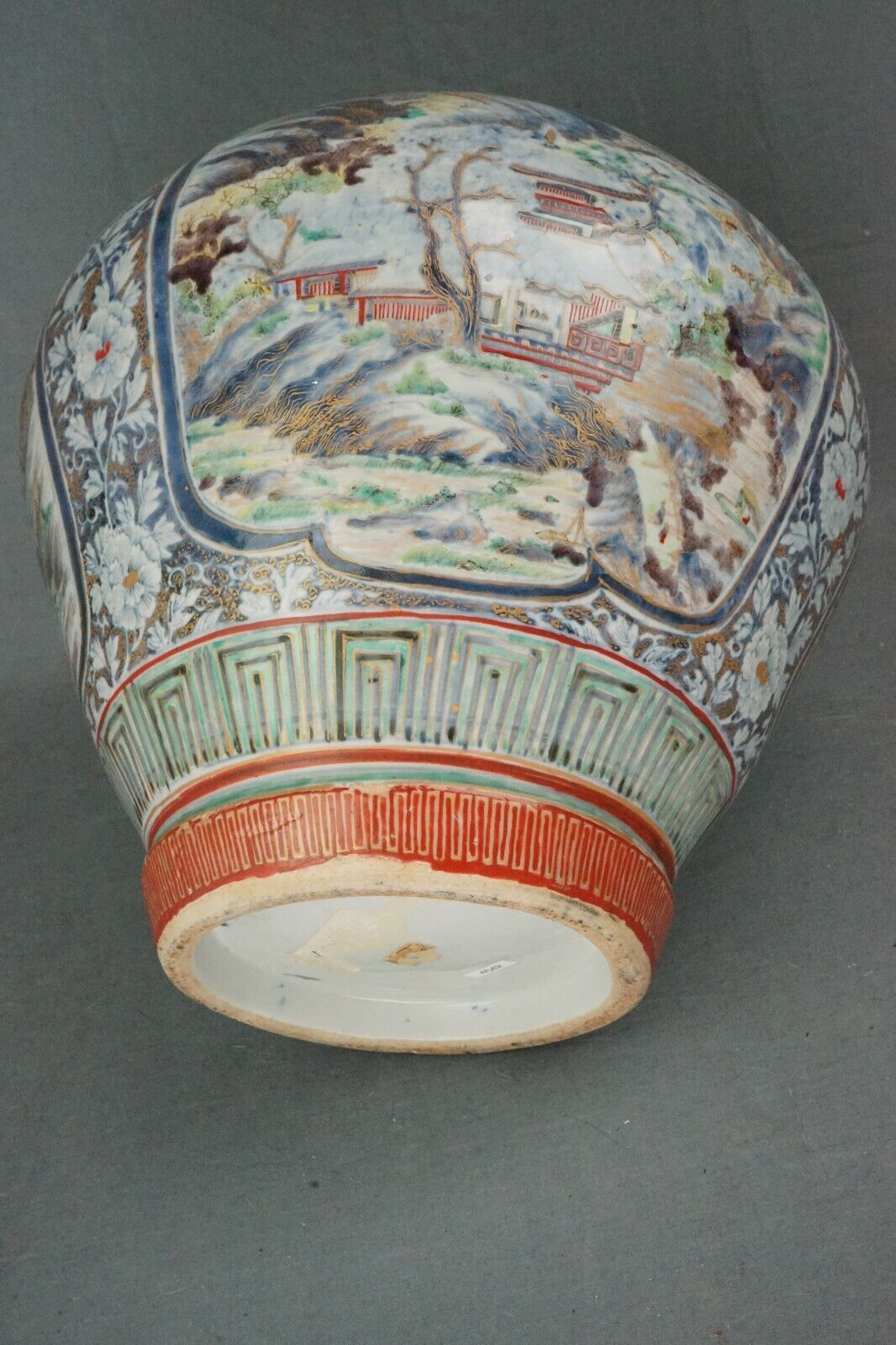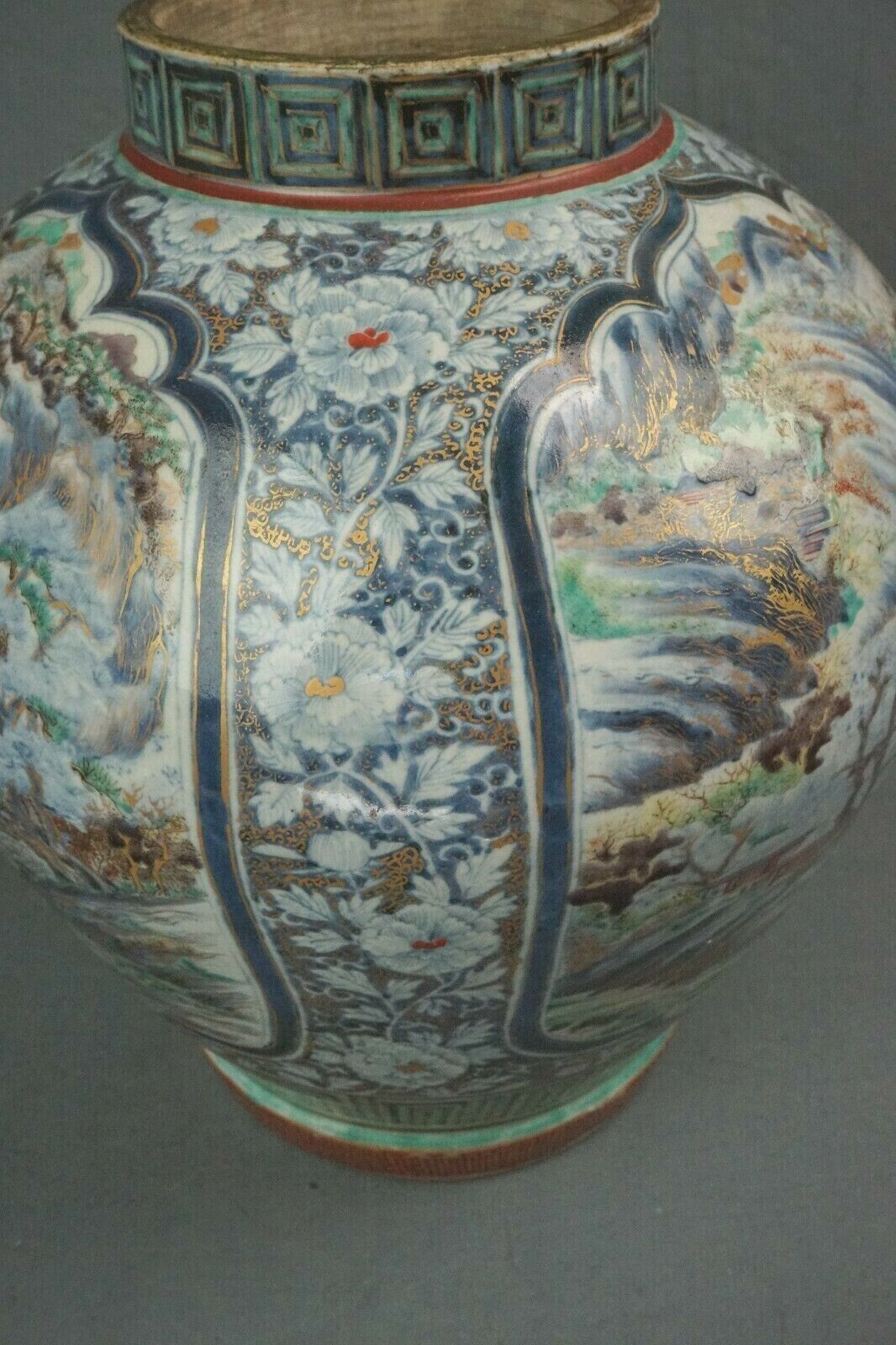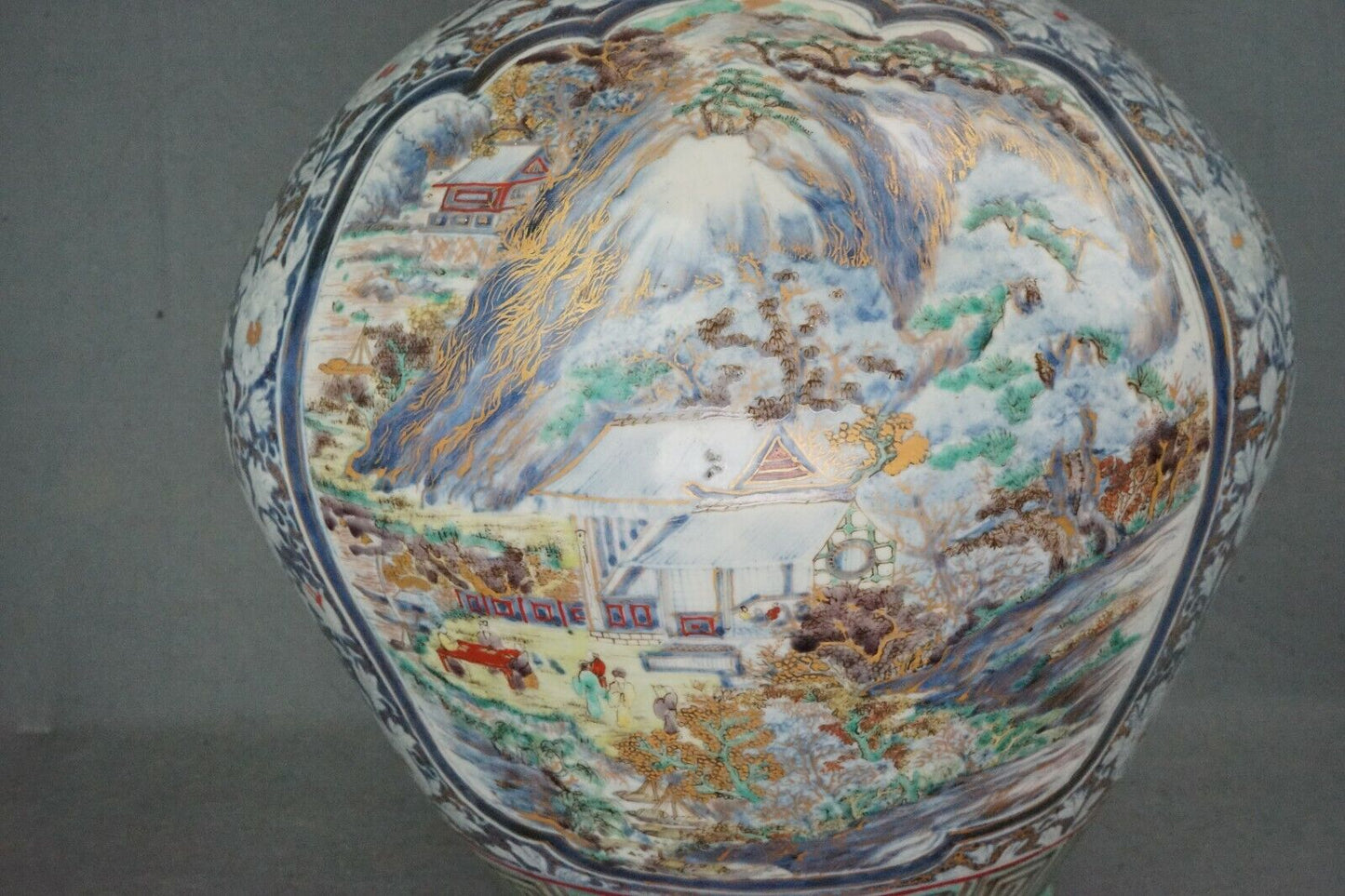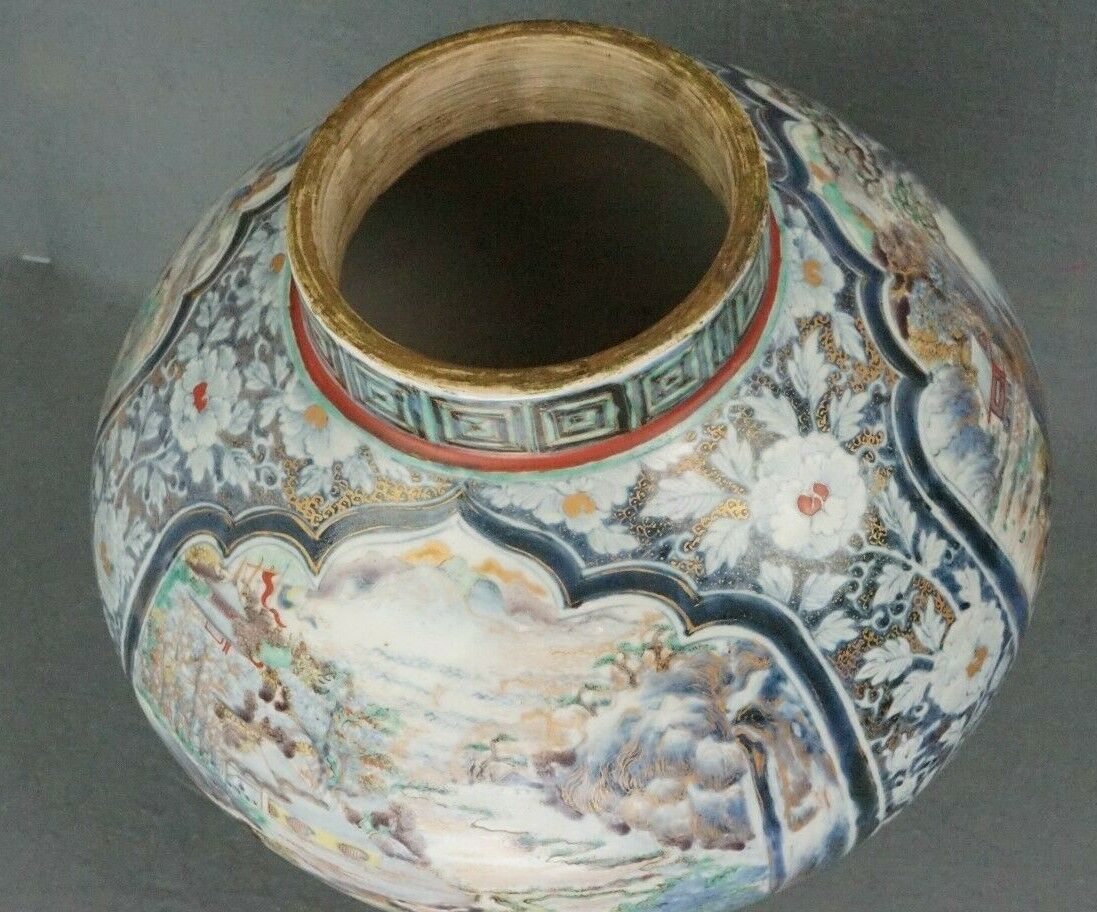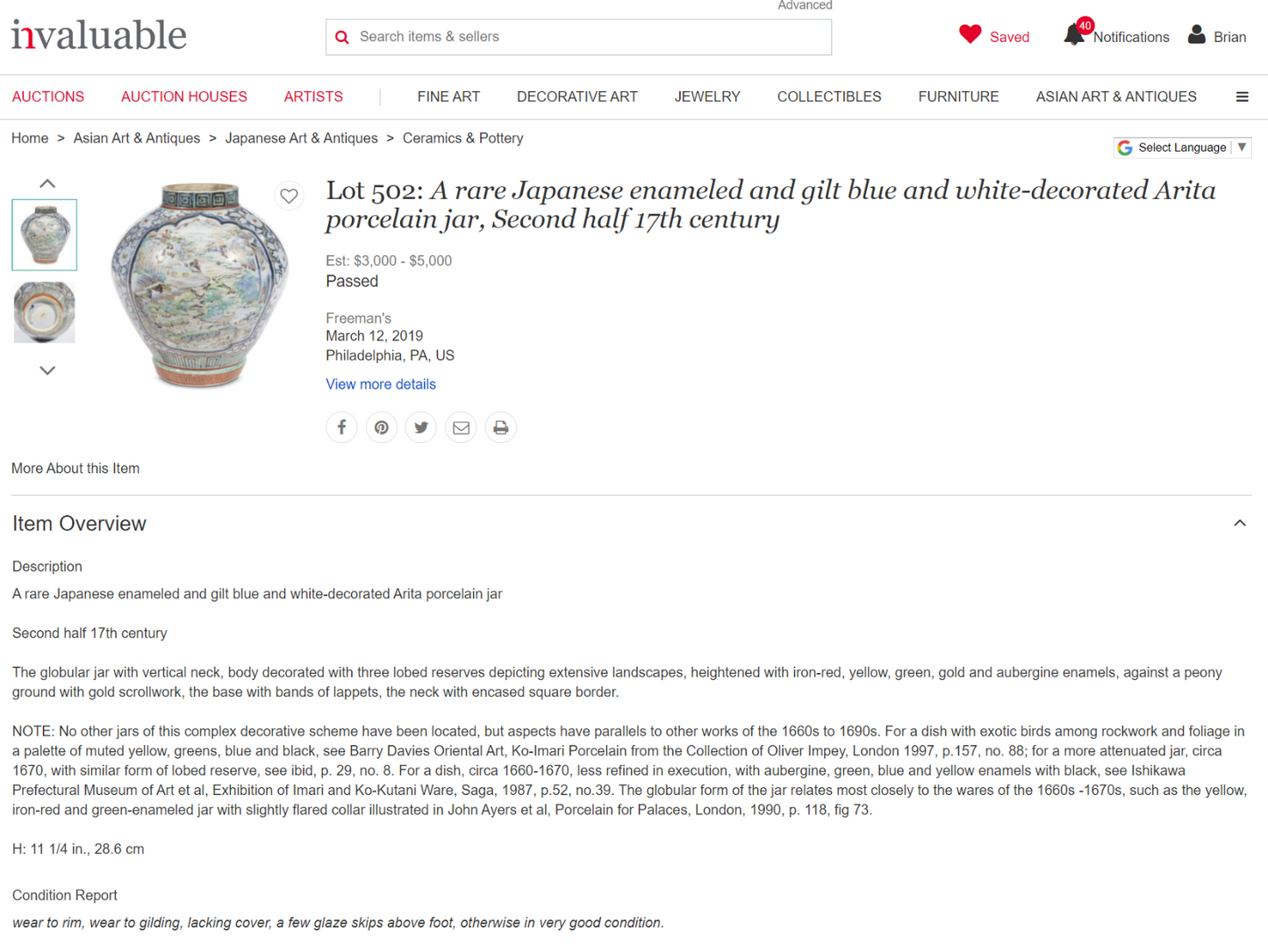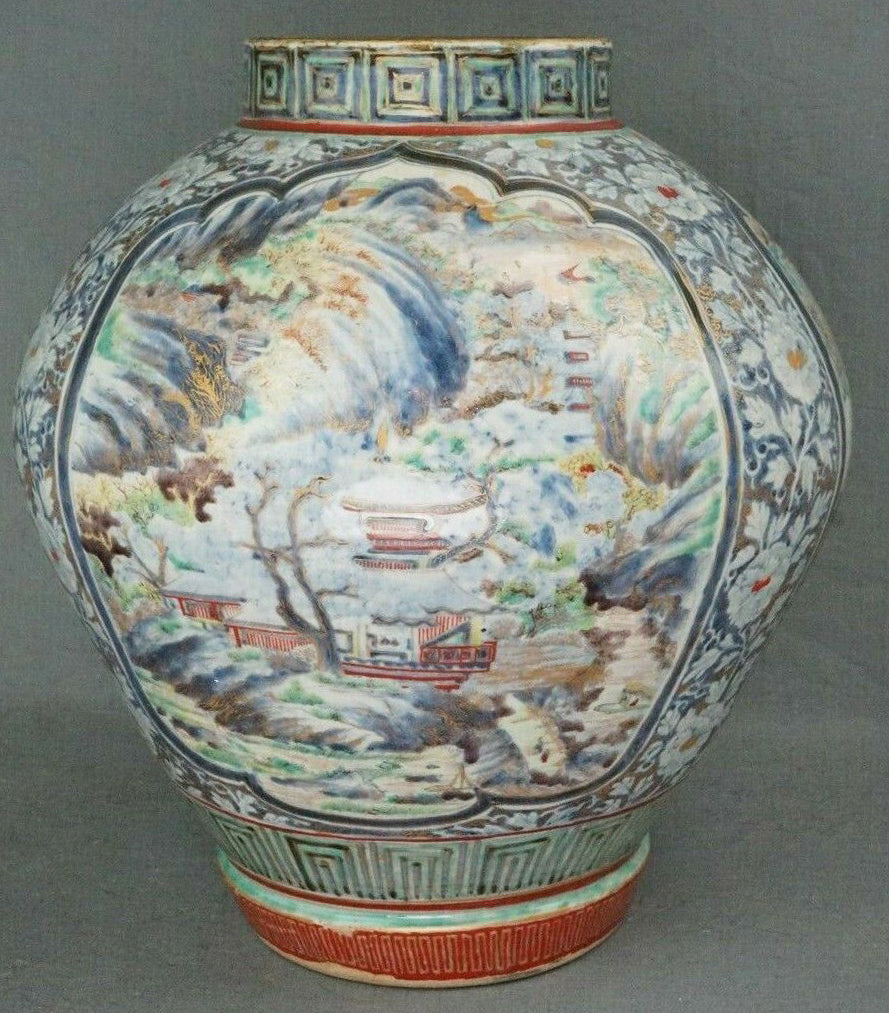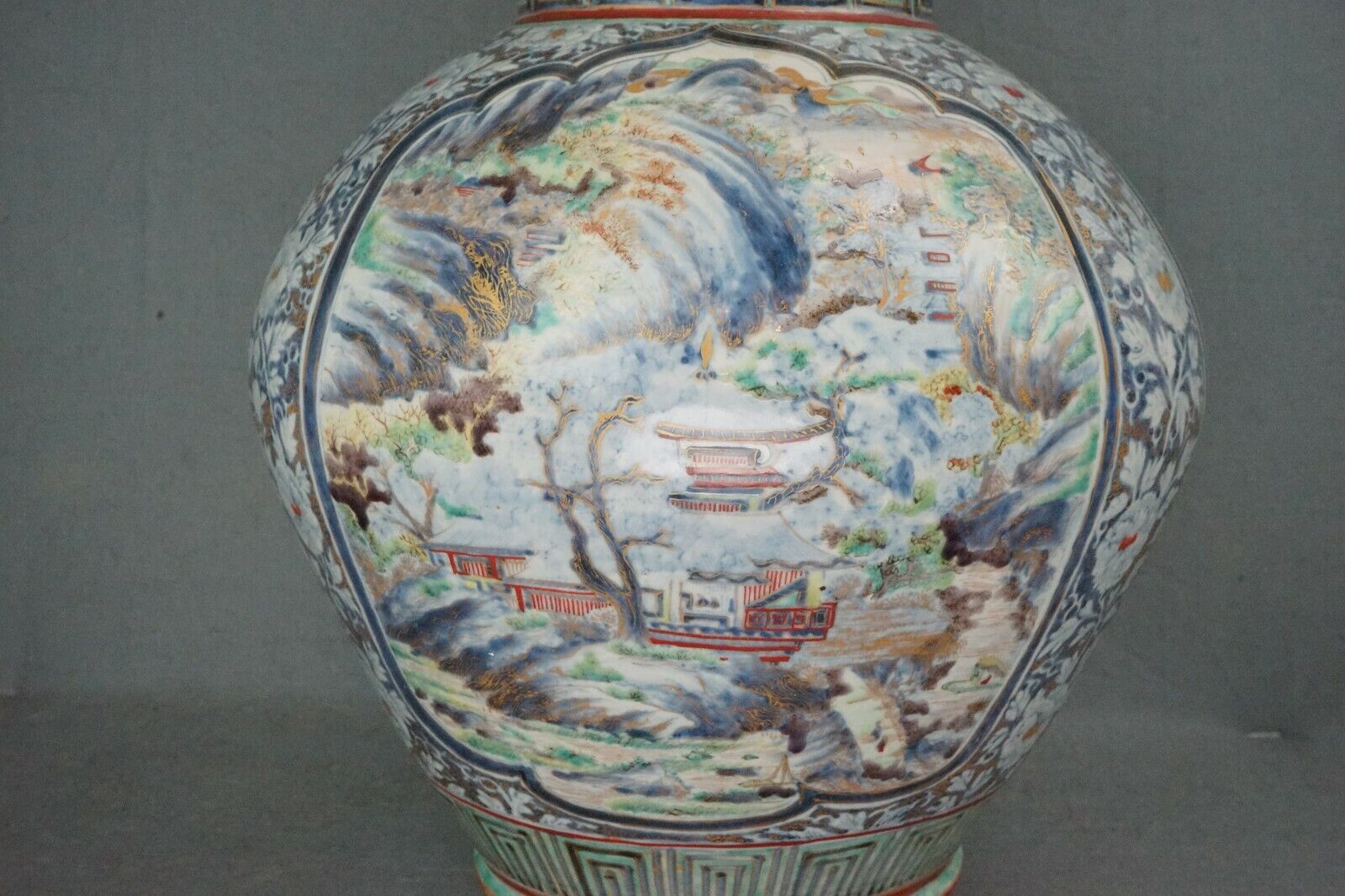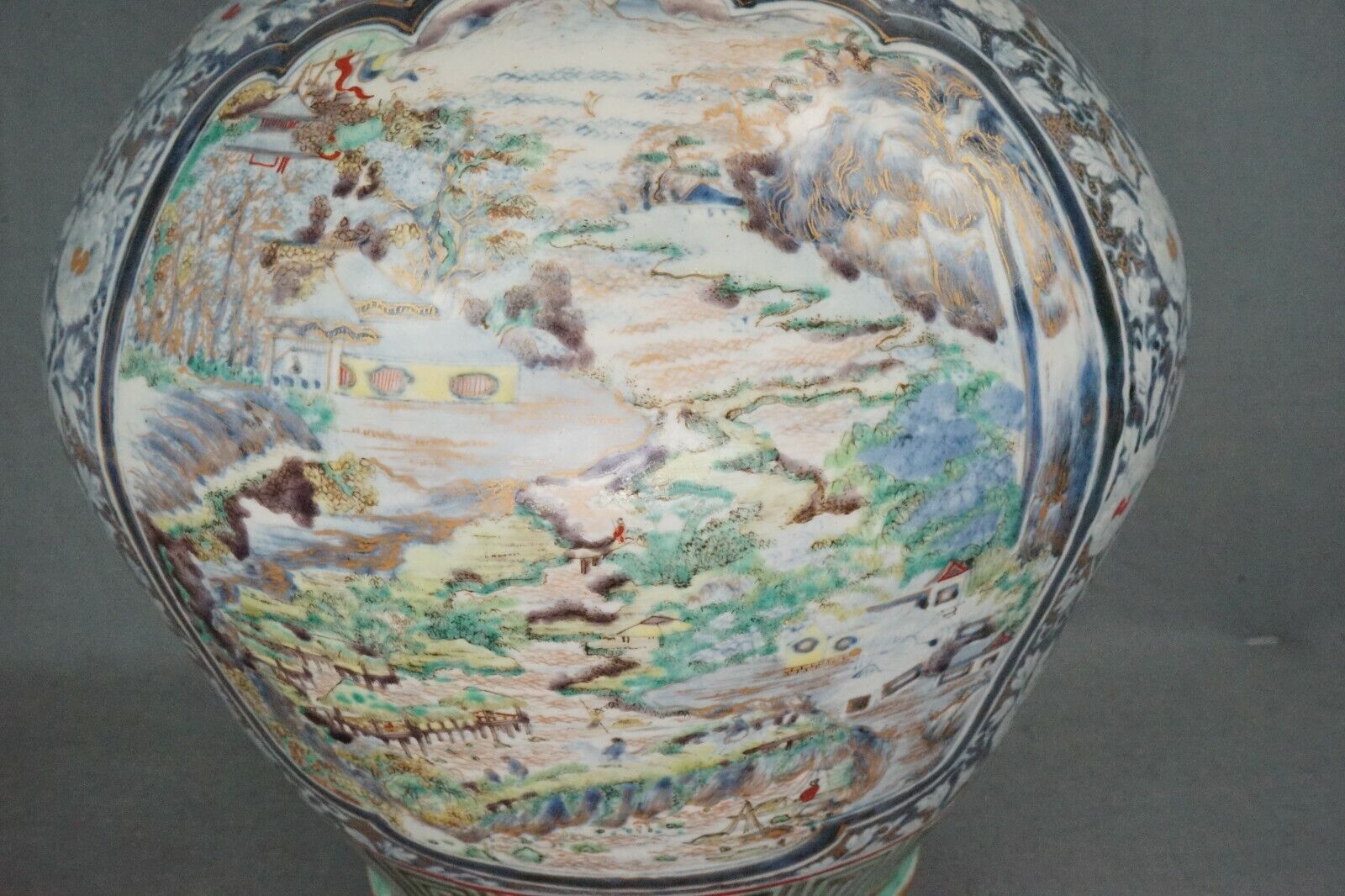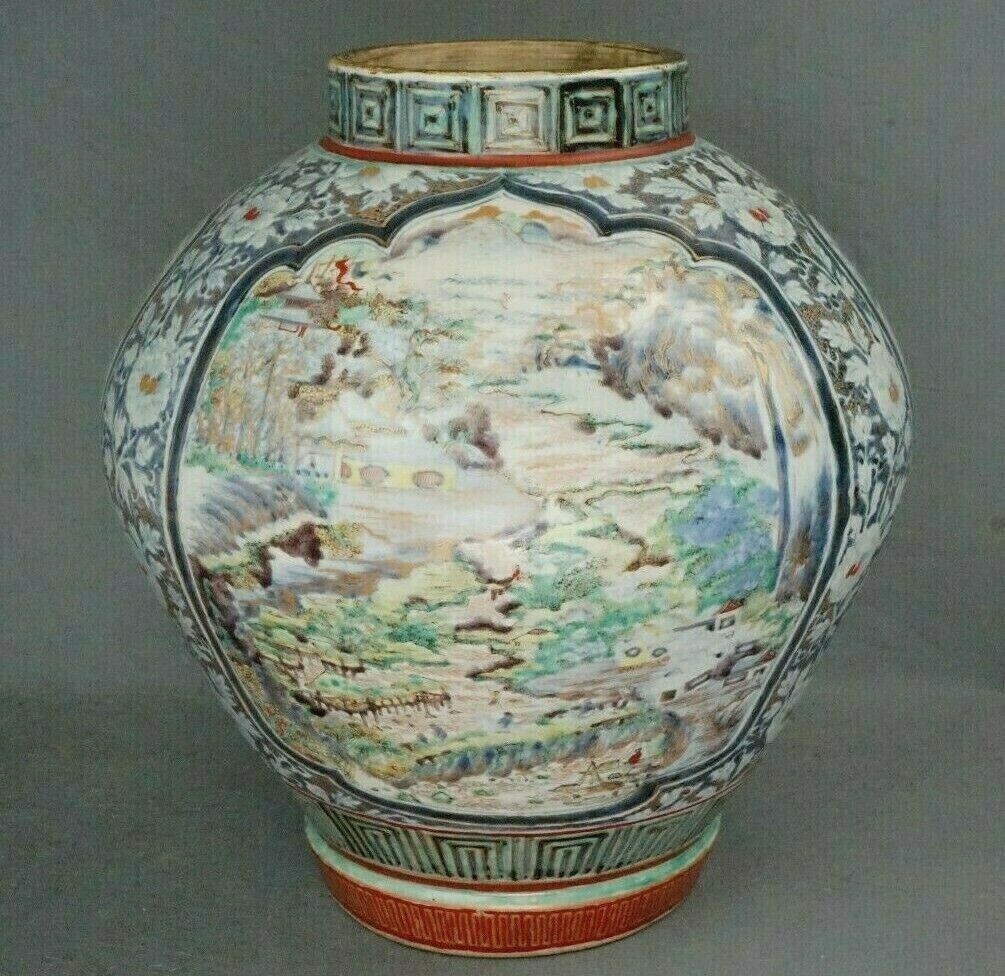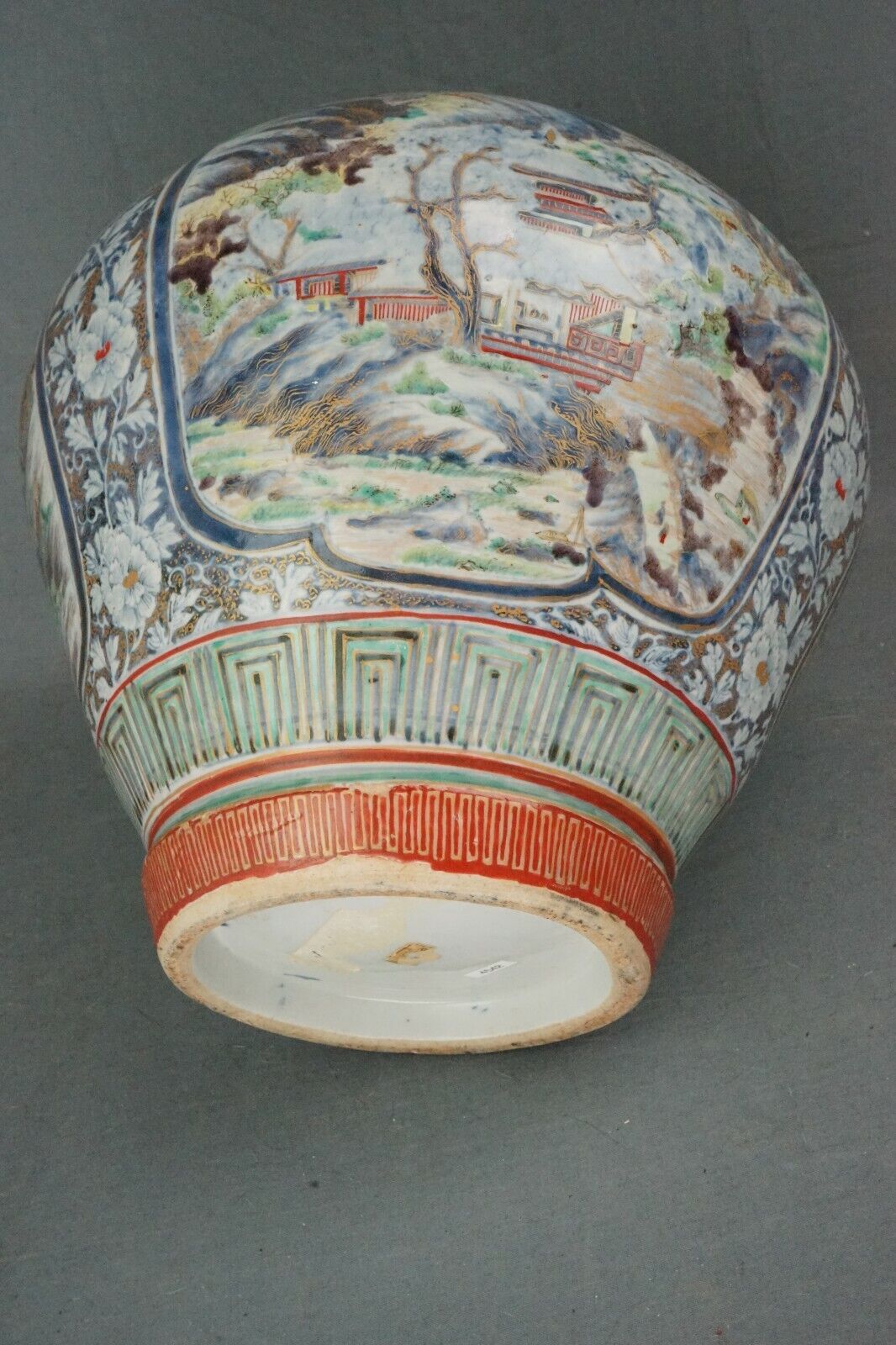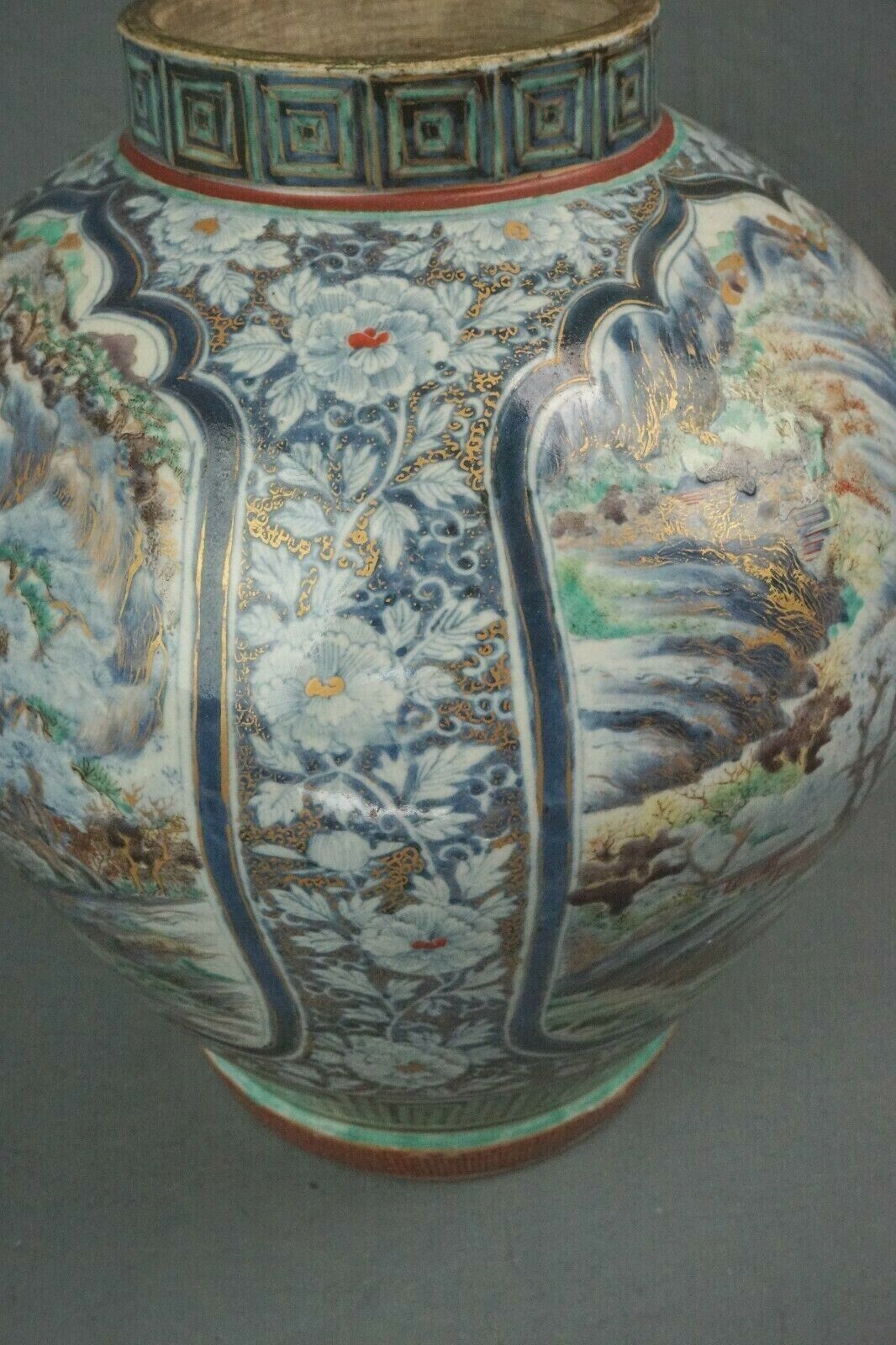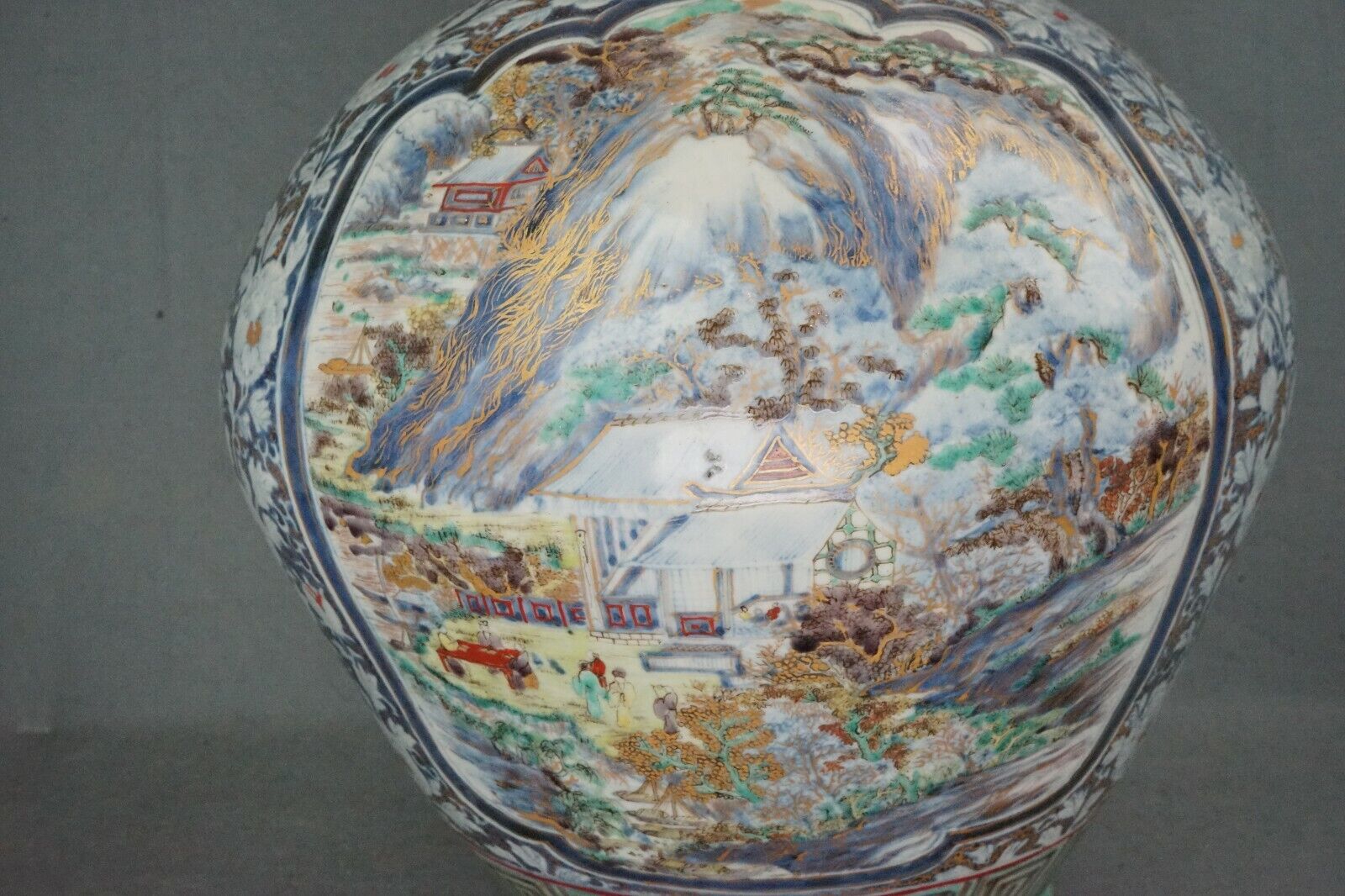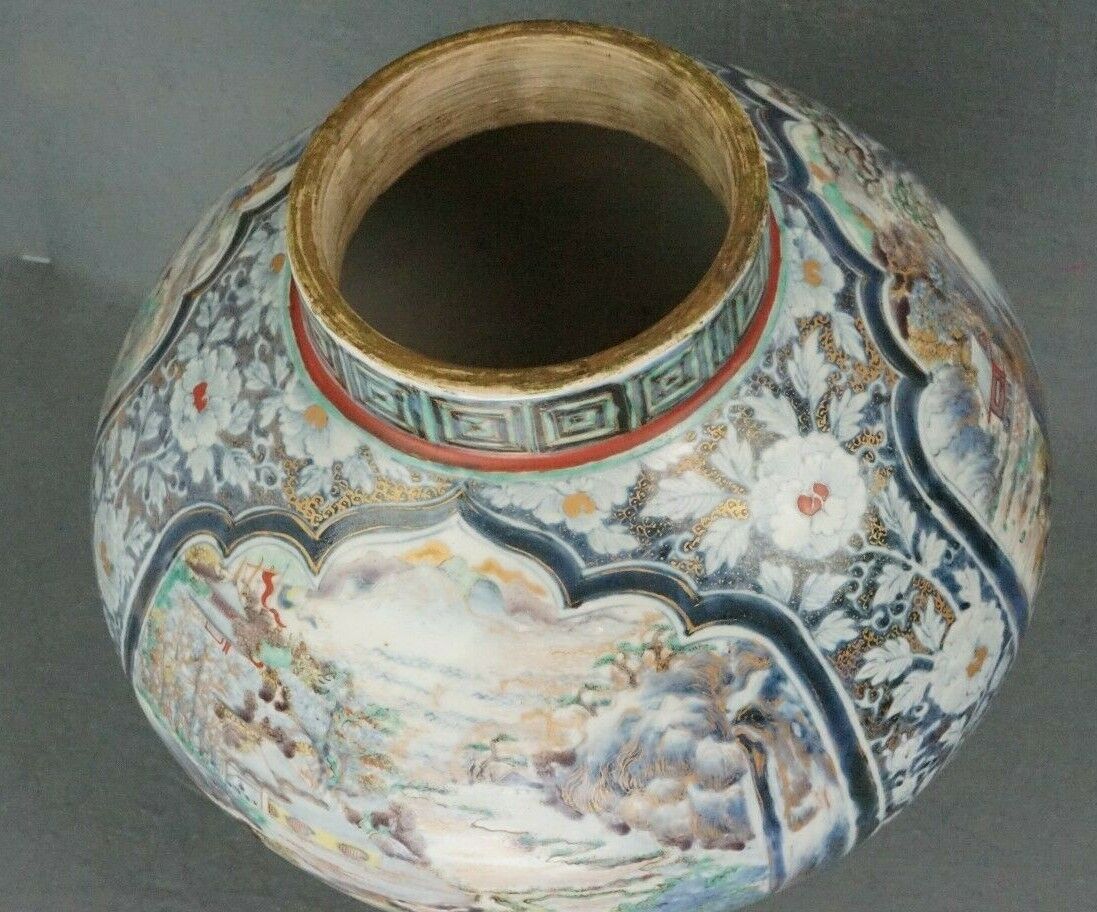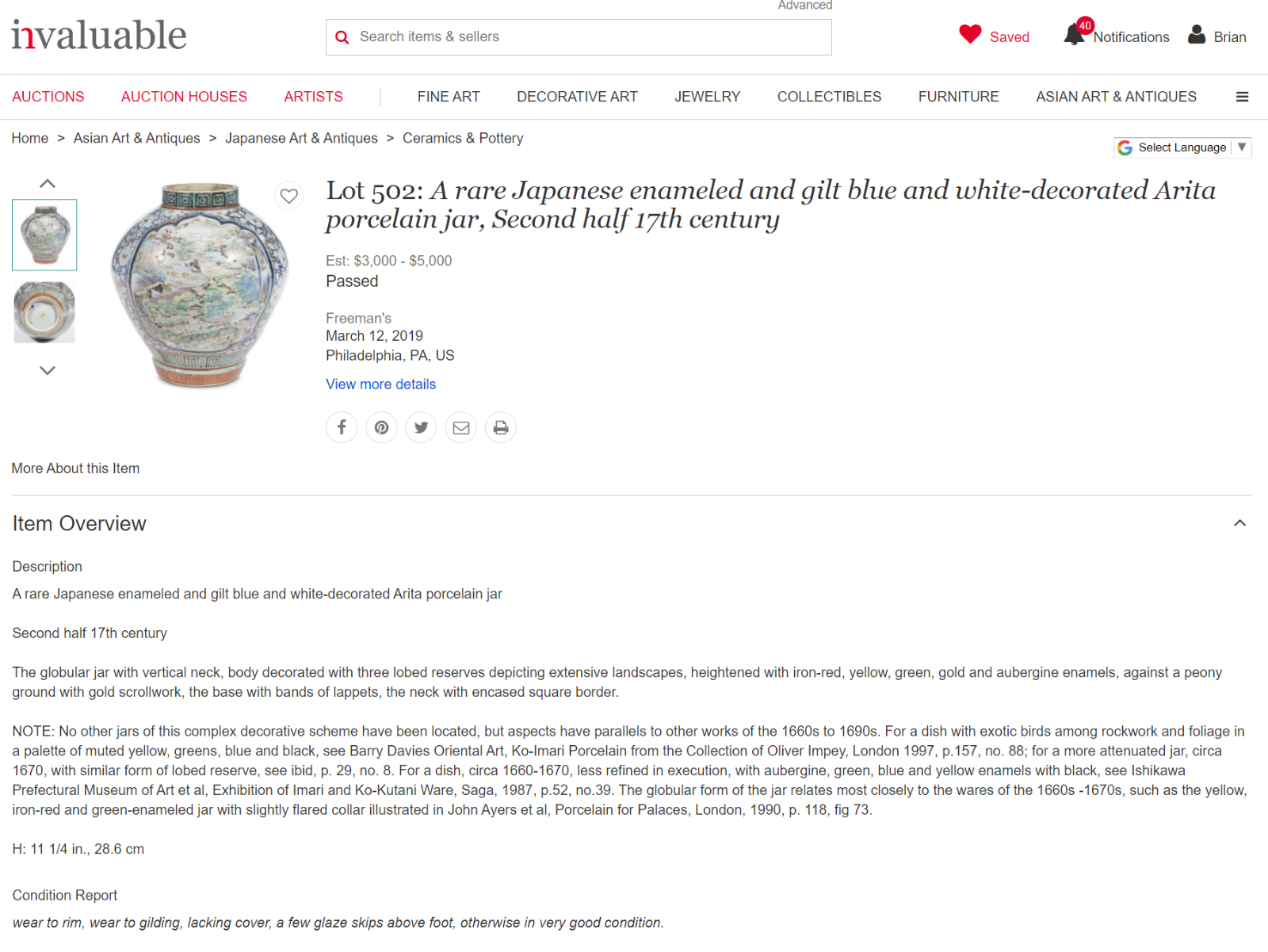Wondrous-Things.com (813) 409-4683
17th C Japanese Porcelain Baluster Vase Ko-Imari in Rare Chinese Style 11 Inches
17th C Japanese Porcelain Baluster Vase Ko-Imari in Rare Chinese Style 11 Inches
Regular price
$7,900.00 USD
Regular price
Sale price
$7,900.00 USD
Unit price
per
Shipping calculated at checkout.
Couldn't load pickup availability
17th C Japanese Porcelain Baluster Vase Ko-Imari in Rare Chinese Style 11 Inches
May be the best known example of this type and period in Japanese Porcelain.
Important and Extremely Rare Early Japanese Porcelain - Museum Quality Masterpiece
2019 Freeman's auction notes: "No other jars of this complex decorative scheme have been located, but aspects have parallels to other works of the 1660s to 1690s."
Size: 11 inches high, 10 inches in maximum diameter.
Condition: Very good, no damage or repairs. Inspected under black light. Likely originally had a lid (not available).
Comments from Peter Combs of Bidamount dot com
"Description: Late 17th C. Early 18th C. Japanese Enamel Decorated Jar"
"Based on the images provided, the jar judging by it's shape with it's
very rounded body and shape of the base as well as the foot-rim paste
color, and profuse finely decorated body using light washes of
Kakiemon colors resulting in colors similar to Chinese Doucai.
It is a lovely example as you no doubt know and rather unusually decorated. The use of gilding in the manner on the
present examples also very much in the Chinese taste."
$125 US flat rate shipping. We will double box.
Provenance: Offered at Freeman's auction March of 2019 with a auction price of $3,000 - $5,000 after 30%buyer premium = $3,900 to $6,500.
Auction notes of piece: "NOTE: No other jars of this complex decorative scheme have been located, but aspects have parallels to other works of the 1660s to 1690s. For a dish with exotic birds among rockwork and foliage in a palette of muted yellow, greens, blue and black, see Barry Davies Oriental Art, Ko-Imari Porcelain from the Collection of Oliver Impey, London 1997, p.157, no. 88; for a more attenuated jar, circa 1670, with similar form of lobed reserve, see ibid, p. 29, no. 8. For a dish, circa 1660-1670, less refined in execution, with aubergine, green, blue and yellow enamels with black, see Ishikawa Prefectural Museum of Art et al, Exhibition of Imari and Ko-Kutani Ware, Saga, 1987, p.52, no.39. The globular form of the jar relates most closely to the wares of the 1660s -1670s, such as the yellow, iron-red and green-enameled jar with slightly flared collar illustrated in John Ayers et al, Porcelain for Palaces, London, 1990, p. 118, fig 73."
May be the best known example of this type and period in Japanese Porcelain.
Important and Extremely Rare Early Japanese Porcelain - Museum Quality Masterpiece
2019 Freeman's auction notes: "No other jars of this complex decorative scheme have been located, but aspects have parallels to other works of the 1660s to 1690s."
Size: 11 inches high, 10 inches in maximum diameter.
Condition: Very good, no damage or repairs. Inspected under black light. Likely originally had a lid (not available).
Comments from Peter Combs of Bidamount dot com
"Description: Late 17th C. Early 18th C. Japanese Enamel Decorated Jar"
"Based on the images provided, the jar judging by it's shape with it's
very rounded body and shape of the base as well as the foot-rim paste
color, and profuse finely decorated body using light washes of
Kakiemon colors resulting in colors similar to Chinese Doucai.
It is a lovely example as you no doubt know and rather unusually decorated. The use of gilding in the manner on the
present examples also very much in the Chinese taste."
$125 US flat rate shipping. We will double box.
Provenance: Offered at Freeman's auction March of 2019 with a auction price of $3,000 - $5,000 after 30%buyer premium = $3,900 to $6,500.
Auction notes of piece: "NOTE: No other jars of this complex decorative scheme have been located, but aspects have parallels to other works of the 1660s to 1690s. For a dish with exotic birds among rockwork and foliage in a palette of muted yellow, greens, blue and black, see Barry Davies Oriental Art, Ko-Imari Porcelain from the Collection of Oliver Impey, London 1997, p.157, no. 88; for a more attenuated jar, circa 1670, with similar form of lobed reserve, see ibid, p. 29, no. 8. For a dish, circa 1660-1670, less refined in execution, with aubergine, green, blue and yellow enamels with black, see Ishikawa Prefectural Museum of Art et al, Exhibition of Imari and Ko-Kutani Ware, Saga, 1987, p.52, no.39. The globular form of the jar relates most closely to the wares of the 1660s -1670s, such as the yellow, iron-red and green-enameled jar with slightly flared collar illustrated in John Ayers et al, Porcelain for Palaces, London, 1990, p. 118, fig 73."
Materials
Materials
Shipping & Returns
Shipping & Returns
Dimensions
Dimensions
Care Instructions
Care Instructions
